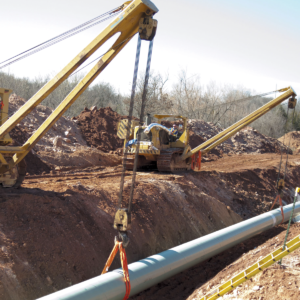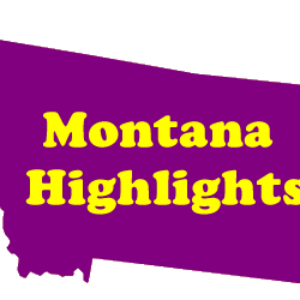By Bethany Blankley, The Center Square
U.S. petroleum products exports set a new record in the first half of 2023, according to newly released U.S. Energy Information Association data.
U.S. exports of petroleum products grew 2% to nearly 6 million barrels per day (b/d) in the first half of 2023 (1H23) compared to the same period in 2022, according to the EIA.
In the first half of 2022, the US became the world’s largest liquified natural gas (LNG) exporter, because European countries experienced energy shortages from failed “green energy” policies and reduced reliance on Russian oil, according to energy experts. The U.S., led by Texas, gave European countries a “lifeline,” Texans for Natural Gas explained.
The increase in petroleum products exports was the greatest volume of first-half-of-the-year exports the EIA has ever reported since it began publishing its Petroleum Supply Monthly report in 1981. Exports of propane and other hydrocarbon gas liquids (HGLs) drove the increase, it says.
Exports of other major petroleum products like motor gasoline, distillate fuel oil, and jet fuel all decreased compared to the same time period last year. Growth in this area was less than during the same time period last year because exports in 1H22 skyrocketed to meet increased demand in Europe.
The U.S. was also the top exporter of liquified natural gas in the first half of 2023, again led by Gulf states.
U.S. exports of crude oil continued to increase in the first half of this year, rising to 4 million b/d—19% higher than the first half of last year, the EIA notes.
U.S. propane exports in 1H23 averaged 1.5 million b/d in 1H23, an 8% increase (119,000 b/d) from 1H22, according to the EIA data. Propane was the most-exported U.S. petroleum product in 1H23, continuing a trend that began in 2020, it notes. Propane exports “are the primary driver of overall higher U.S. petroleum product exports so far this year,” EIA says. Other HGL exports were also a significant driver of 1H23 export growth, increasing by 9% (85,000 b/d) compared to 1H22.
While propane exports to European and Central and South American countries decreased in 1H23 compared to 1H22, exports to Asian countries increased rapidly, according to the report. Nearly 60% of U.S. propane exports went to Asia in 1H23, mostly to Japan, China, and South Korea, the EIA states.
Total distillate exports to Europe increased in 1H23 compared to 1H22 after the EU imposed a ban on all Russian petroleum products at the beginning of 2023. U.S. distillate fuel oil exports to European countries averaged 138,000 b/d in 1H23 compared to 56,000 b/d in 1H22, with the UK and the Netherlands receiving the most.
“The increase in distillate exports to Europe even as exports to other destinations declined partially reflects rerouted trade flows in response to sanctions on petroleum product imports from Russia,” the EIA notes. “Exports to Europe from the United States are replacing distillate supplies that previously came from Russia, which now lack market access in Europe and therefore are being exported to destinations further abroad.”
Ed Longanecker, with Texans for Natural Gas and the Texas Independent Producers and Royalty Owners Association, told The Center Square that “Texas energy – from our wells in West Texas to our ports along the Gulf of Mexico – enabled America to meet European gas needs in a time of crisis” last year. Texas energy provides energy security to the U.S. and its allies, he and others in the industry maintain. “Without American natural gas, Europe would have been at the mercy of aggressive foreign powers,” he said.




